The Oma forest was created between 1982 and 1985. It is located in the Biosphere Reserve of Urdabai, in the town of Cortézubi(Biscay). This grove consists of a group of trees artistically modified by the sculptor and painter Agustín Ibarrola, whose house is located near the work.
The artist’s original intention was to create an animated forest that would hint at the relationship between nature and human presence. To do this, he captured this vision in the trees, creating an interactive work of art.
He played with the colors, the point of view, the depth and of course this natural support until he reached the desired goal. The interpretation consists precisely in being part of this game that the author proposes to us and to go through the forest of Oma observing it from different points of view. This way you can distinguish different shapes and animals that change depending on the perspective. These representations correspond to the Palaeolithic representations of the Cave of Santimamiñe, this one close to the forest.
Conservation
This work of art is part of the contemporary art movement Land Art or Earth Art. This artistic movement assumes a close relationship between the landscape and the work. Nature is the material, the artist an intervener. The work must remain in its natural environment and therefore deteriorate over time. That is why many works belonging to this style remain only in the memory or photographically.
However, Agustín Ibarrola’s work is being restored by the Provincial Council of Vizcaya. The aim is to improve the treatment of cultural assets that are located in natural environments. To this end, both the materials used in this work and the trees themselves are being studied. The latter are being censused and catalogued for later control.
Visit
The forest is 3 kilometres from the Lezika-Basondo car park. You can park your car here and start the tour. It will take you approximately 40 minutes to get to the forest. From here you can decide to follow the path and reach the Oma Valley or walk back to Basondo . This circular route takes approximately 2 hours and consists of 7 kilometers. You can count on taking your whole family, including the little ones, as this is a tour of minimal difficulty. In addition, the spaciousness, tranquility and natural environment that make up this route are ideal for relaxing in company and, of course, to do some hiking.
Cave of Satimamiñe
Declared a World Heritage Site in 2008, this site is one of the most important in the whole of Biscay. It is 14,000 years old, that is to say, it dates from the Magdalenian period of the Upper Palaeolithic. Here you can find almost 50 cave paintings of great variety. As usual, the representations are animal and abstract figures such as bison, horses, deer, goats and bears.
As if this marvellous antiquity were not enough, you will also see stalactites and stalagmites in the cavern. The cave faces south-east and is distributed as follows: It has an entrance that leads to a vestibule with light from the outside, also a cave shrine, a hall and a room where most of the figures were manifested. Currently and since 2004 the cave is closed due to new research. They have a team of 20 people working on a new excavation. This is part of a revaluation project promoted by the Provincial Council of Vizcaya. The aim of this research is to precisely date the evolution of the paintings.
News
Since November 12, 2018 the Oma Forest is closed so that the restoration can be carried out successfully. In addition, the access to the forest is being improved.

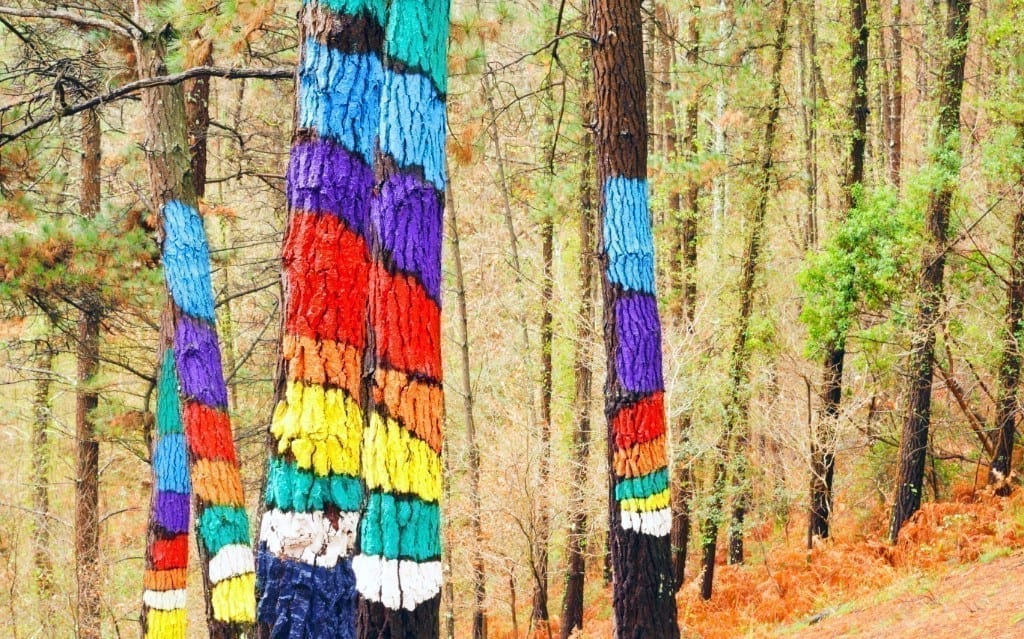
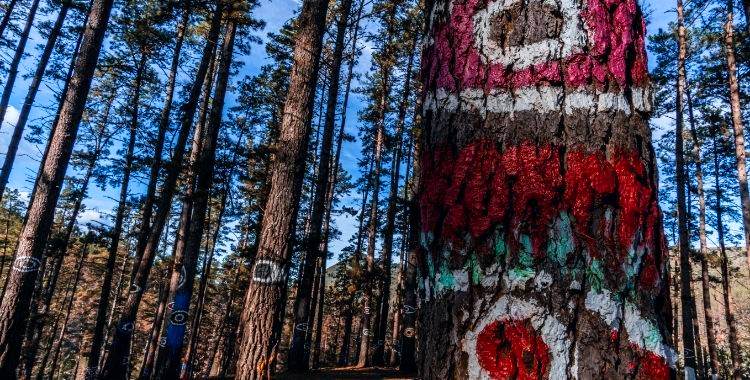
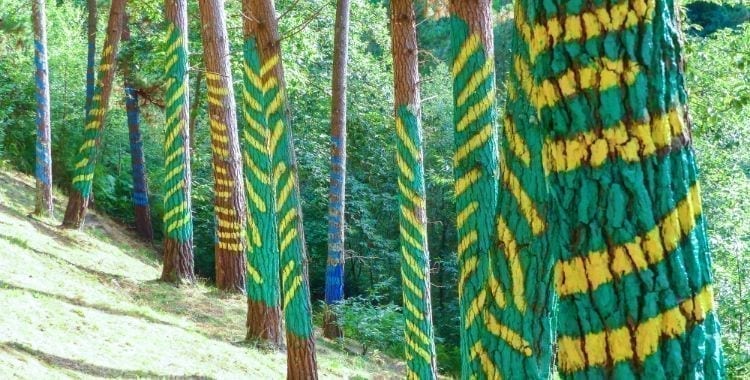
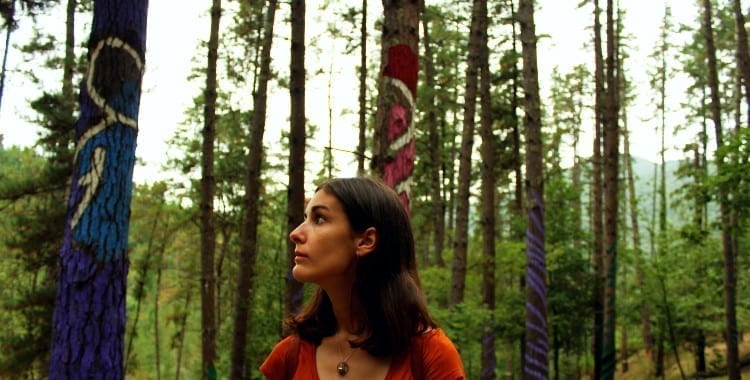
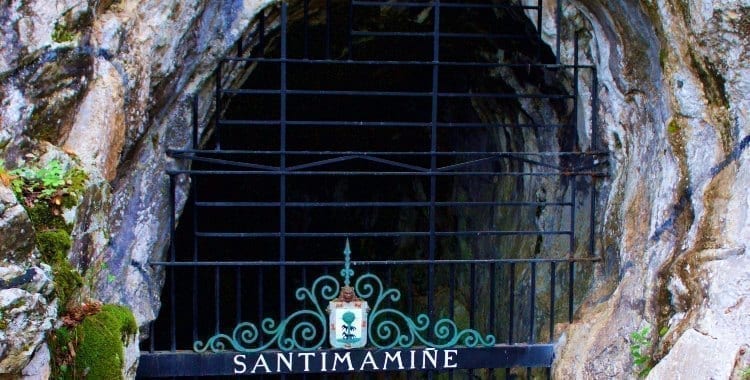
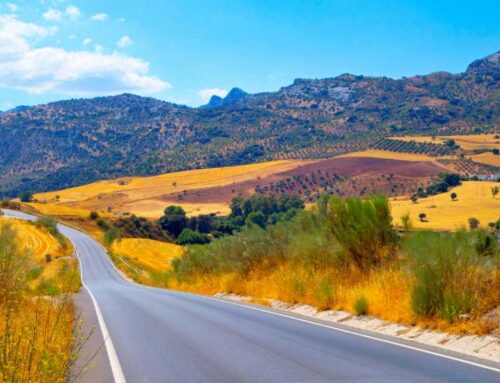
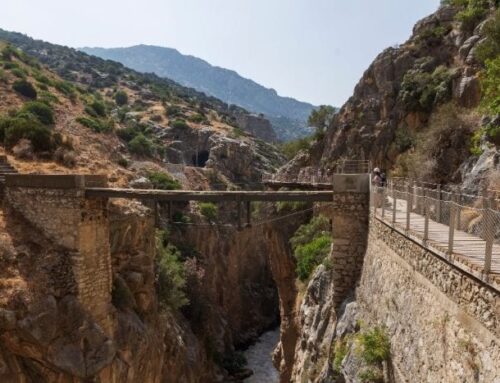
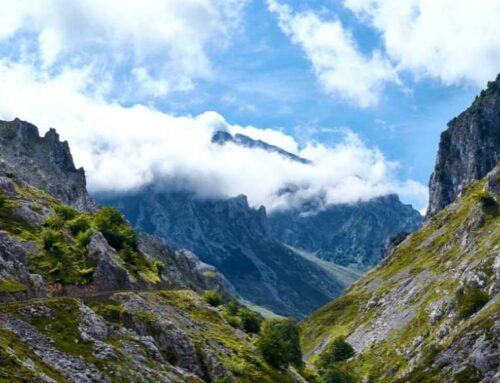
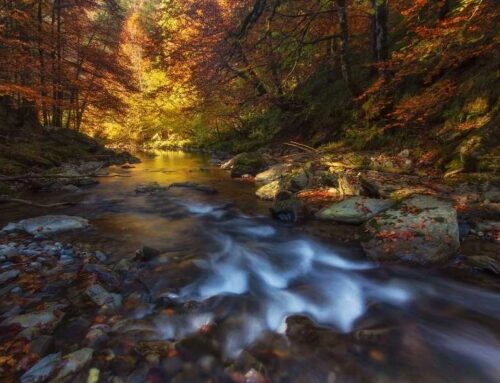
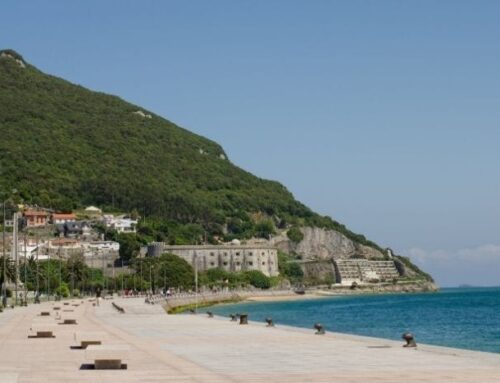
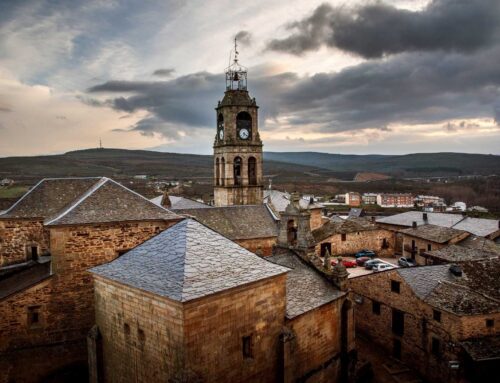
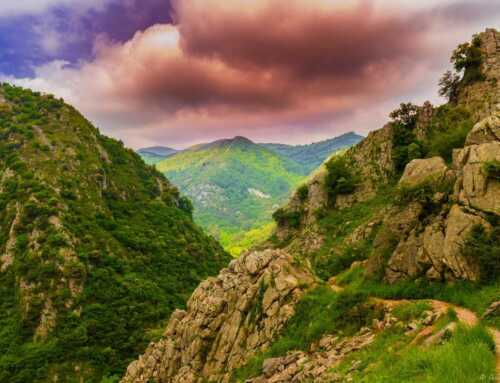
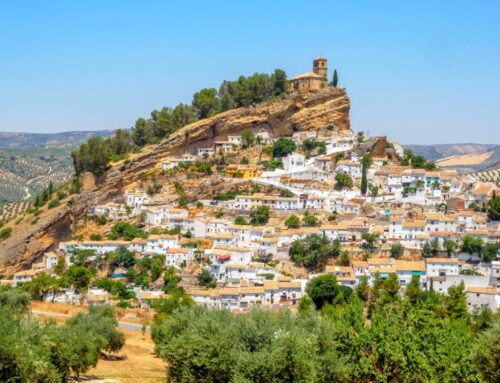
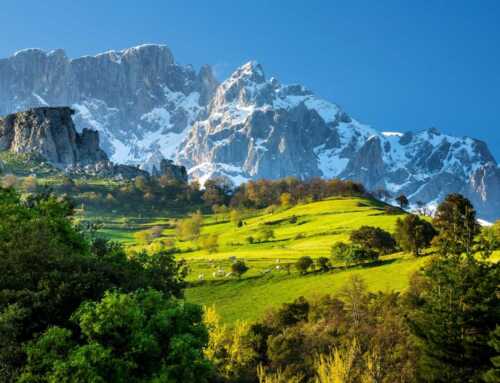


Leave A Comment